You see, we did trick on the feedback rating stars:

Then we got back some trickier stars:
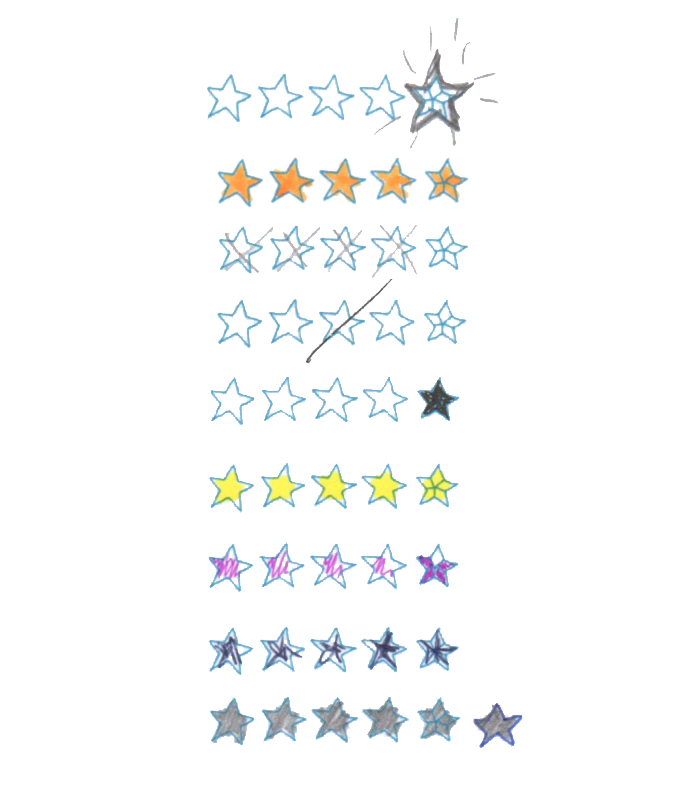
What did they say?
In 43 questionnaires, we found that two thirds had all the five stars filled, with one having the magic 6th star! On average, we got (1×6+29×5+2×4.8+2×4.6+6×4+2×3+1×1)/43=4.67 stars! Here are some of their words:
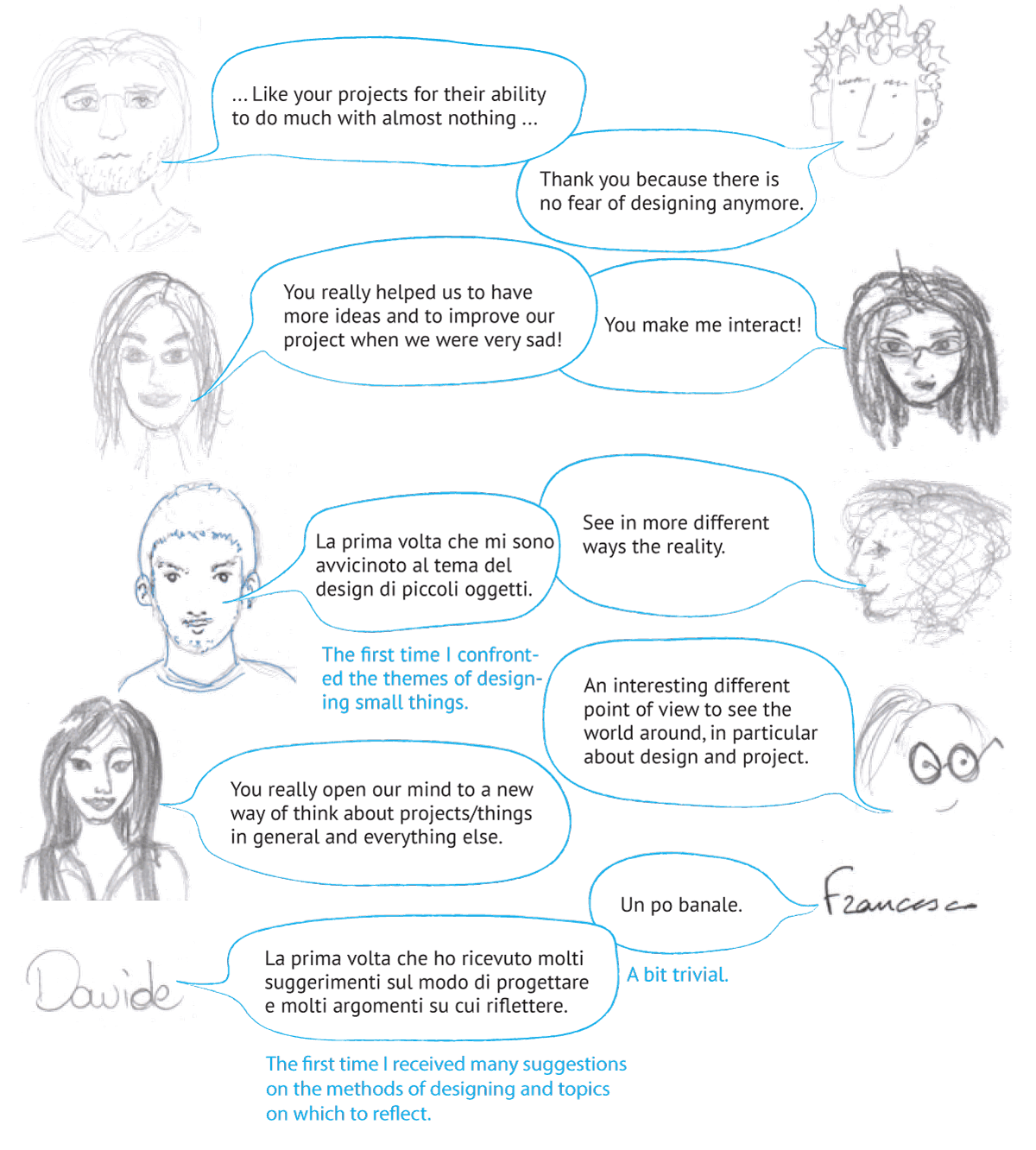
What did we do?
When we were preparing an Italian or maybe Japanese dinner for our London-based-Chinese-ex-classmate and his wife in their newly-bought house in south London, we got an email from Professor Postiglione. He asked whether we had any interest in joining his upcoming architecture studio as guest tutors. We said sure and then had a Skype chat with him. “What can we help?” we asked. “I don’t know, think about it yourselves.” he replied. Really? We opened up our mind. 4 months, 60 postgraduates, why not teach them cooking? Hmm, maybe someone’s father is a 3-star michelin chief…Then climbing? But we were still beginner ourselves…
In the first lecture on a cloudy Tuesday afternoon, we arrived late and just introduced ourselves, told students what we could do rather than what we would do (you can imagine those general words meaning something but nothing). During the first-and-the-last gathering meal of the whole teaching team, Prof. Postiglione told Yoko:
Hey Yoko, I’ve always forgotten to tell you that “yoko” hears the same as “gioco” (“play” in Italian) in the dialect of my hometown, Napoli. Kids like to say “Yoko poco ma yoko!” — “Just play a bit, but play!”

Like a gift falling from sky, we immediately decided that Yoko Poco Ma Yoko (just play a bit/little Yoko but Yoko) must be the name of our mini-lectures. Mini-lectures? Oh yes, we would like to do a 15 minutes lecture on every Friday afternoon, after lunch, sharing basic but essential things about design. One lecture, one topic.
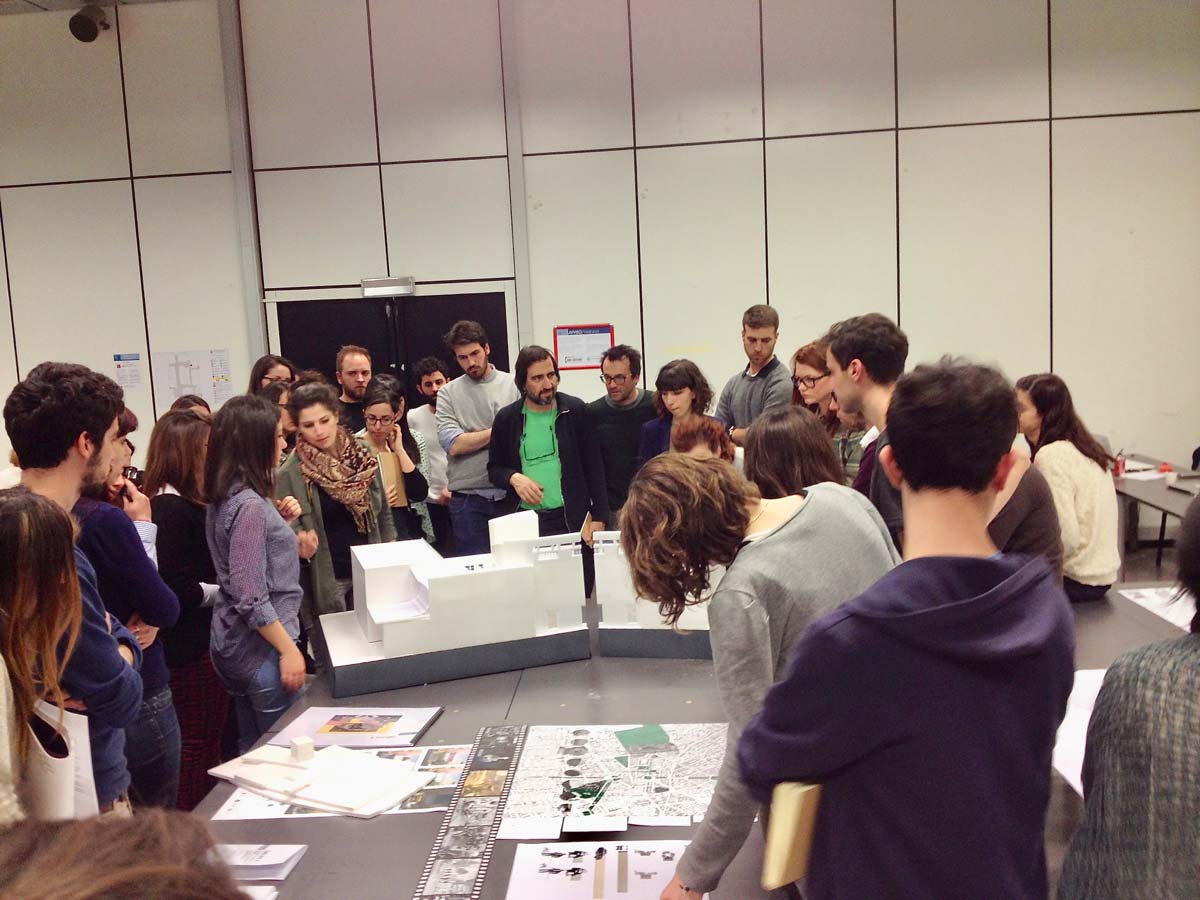
Twelve mini-lectures
#1: Think twice

“Must it be like this?” Most of designs, if not all, start from a question like this. To make something better, for all or for someone, we need to think twice. We thought it must be the first topic to say in YPMY!
Example: cover me!
#2: Insight

Think twice, if you are lucky, you get an insight. Then you might be able to change the world! We talked about the first known design: Oduvai stone chopping tool. That was a magic moment! You see, stones had been always here and there, but nobody, before Homo erectus or Homo ergater, had ever tried to shape them into a tool. It’s still a stone, but far more than a stone. More importantly, this kind of magic moment could happen anytime, anywhere, in anyone’s mind… Ah, it went away just now!
Example: oduvai chopping tool, dr. John snow’s cholera map, claudeverett 2015 new year card
#3: Communication
We played a game called “Draw words”. The first student wrote down a sentence on a note, then showed it to three other students who had to draw the phrase on blackboard. At last, the rest of class tried to guess what did the first student wrote by the three drawings. We played three rounds. Professors joined the game in the last round. Do you think they did a better job or not? : ) (This game is inspired by another game called Visual Telephone. Play it by yourself!)

#4: Good begun
“Good begun, half done.” We tried to explain that spending some time on finding a good starting point is worthy for a real win—that’s how rocket man defeats sandal man.
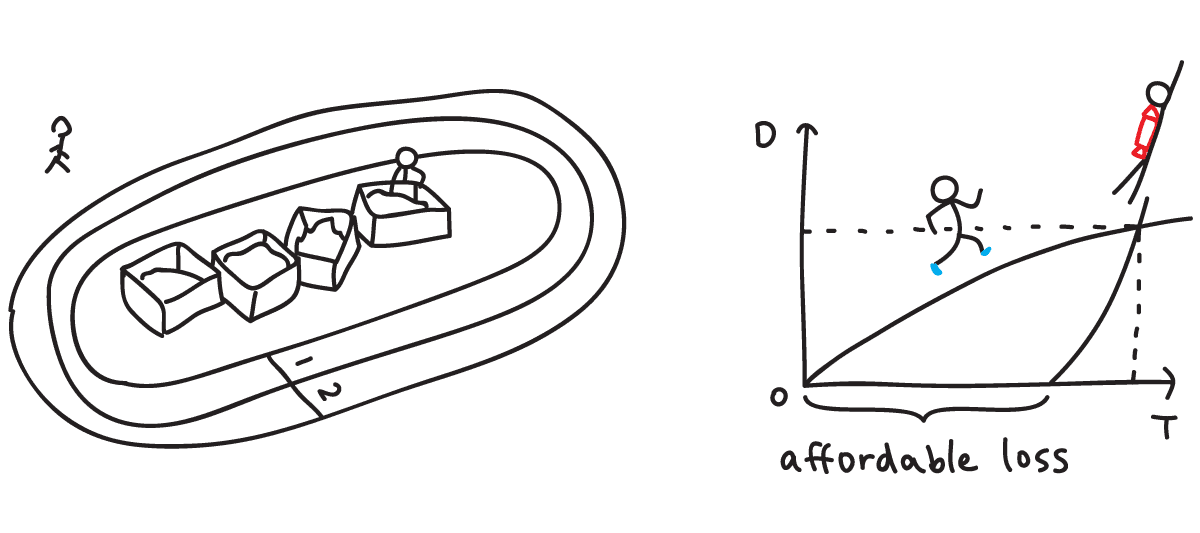
Example: bach shop, rooming a space
#5: Good goal

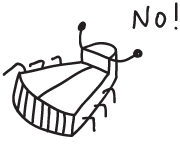
Cinema Adriano is an abandoned cinema in Milan. Students need to provide a re-use solution. No restrictions on function or the degree of intervention. At that time, almost all the groups got their initial concept. Rather than diving into different proposals, we helped students verify their goals. Why you want to do this? Is your goal important? Why is it important? To whom? Why reusing the cinema is the best way of achieving your goal? If not, then why not use some other places? Things started to become a bit difficult…
#6: The truth and the goodness
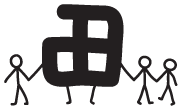
After Issue 5, we had a little fight with Prof. Postiglione, being told that it might be dangerous to talk about students’ works in YPMY. We thought twice and realised that we might gave students an one-sided impression by showing them simple and clear results without mentioning the hard process giving birth to them. Dangerous indeed! Time to see the whole picture: For any design, there must have thousands types of simple idea, but only the one that can answer more complicated questions can finally survive. Not only survive, but would help you to survive. Then we told an old story about how we fought with professors when we were students…
Example: invisible 900m²
#7: Must be like that
Without thinking twice, many things seem obvious: It’s just like this (I’m used to it/everyone is like this/etc.). But when we think twice, we may change our idea: hmm, it can be better—well, it should be like that—yes, it must be like that! Then how do we define this should be and must be?
By giving the side portrait of The Great Baron of Architecture Claude Everett, we asked students to draw his front portrait and body. Many designs are just like students did their drawings: Creating new things within a given context and hopefully making the new be a part of the existing. Then we say this kind of design a must-be and should-be.


Example: lamp a
#8: Shortcut
When people in the class became more and more addicted to think twice, we started to talk about think once. What do people do when they think only once, or “without thinking”? They tend to take shortcut. Thanks to the idea “affordance” invented by Prof. Gibson, we can think twice about think once or without thinking.
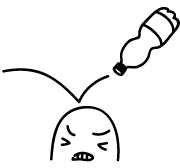
What kind of affordance does a plastic bottle has? Yes, it normally enables us to drink water, so it provides the affordance of drinking water, but certainly not limited to that. For instance, it also has the affordance of giving people a gentle hit. Bearing affordance in mind, we see basic attributions of an object, and how they could possibly interact with human. Then, we think out of the box by nature, since we can’t see any boxes at all.
Example: pausa café, bike bin
#9: Shortcut/Appropriation/Design
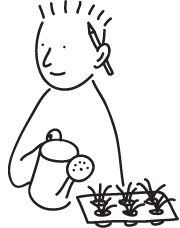
In everyday life, if we can take a shortcut, we don’t appropriate. If we can appropriate, we don’t design. When we want to design, we could ask, “can we appropriate?” When we want to appropriate, we could ask, “Is there a shortcut?” In this issue, taking shortcuts collected by students as examples, we discussed the difference among shortcut, appropriation and design…Still feel confused?
Example: mari, door garden, landstrich, snake year card
#10: Emotional design

When we saw the head of snow cat being chopped off by a car, sadness swept the whole classroom. What’s wrong with us? Didn’t we know it has no life at all? In everyday life, you may comment on a pair of shoes, “I know it’s good, but I just don’t like it.” How come you don’t like something good? Or facing a strange cup, you say to your friends, “I know it’s useless, but I just love it! I want it!” How come you want something useless? Good or bad, useful or useless, sad is sad, love is love.
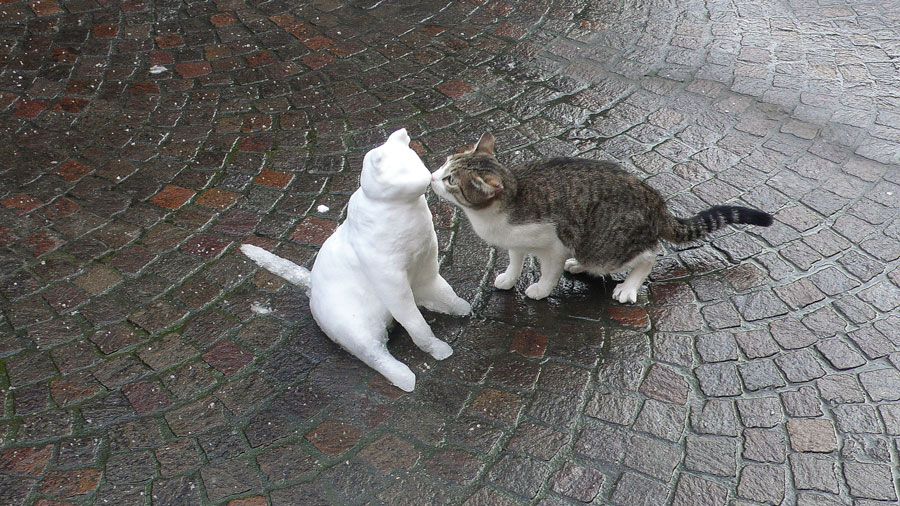

Example: snowcat
#11: Into everyone’s mind

We encouraged students to show their projects to their Zia (aunt) and make her love it. At the end of a designing process, searching for a good name and a good key message doesn’t mean to “sell” it, but confirm the designer him/herself again “yes, this is a good design”.
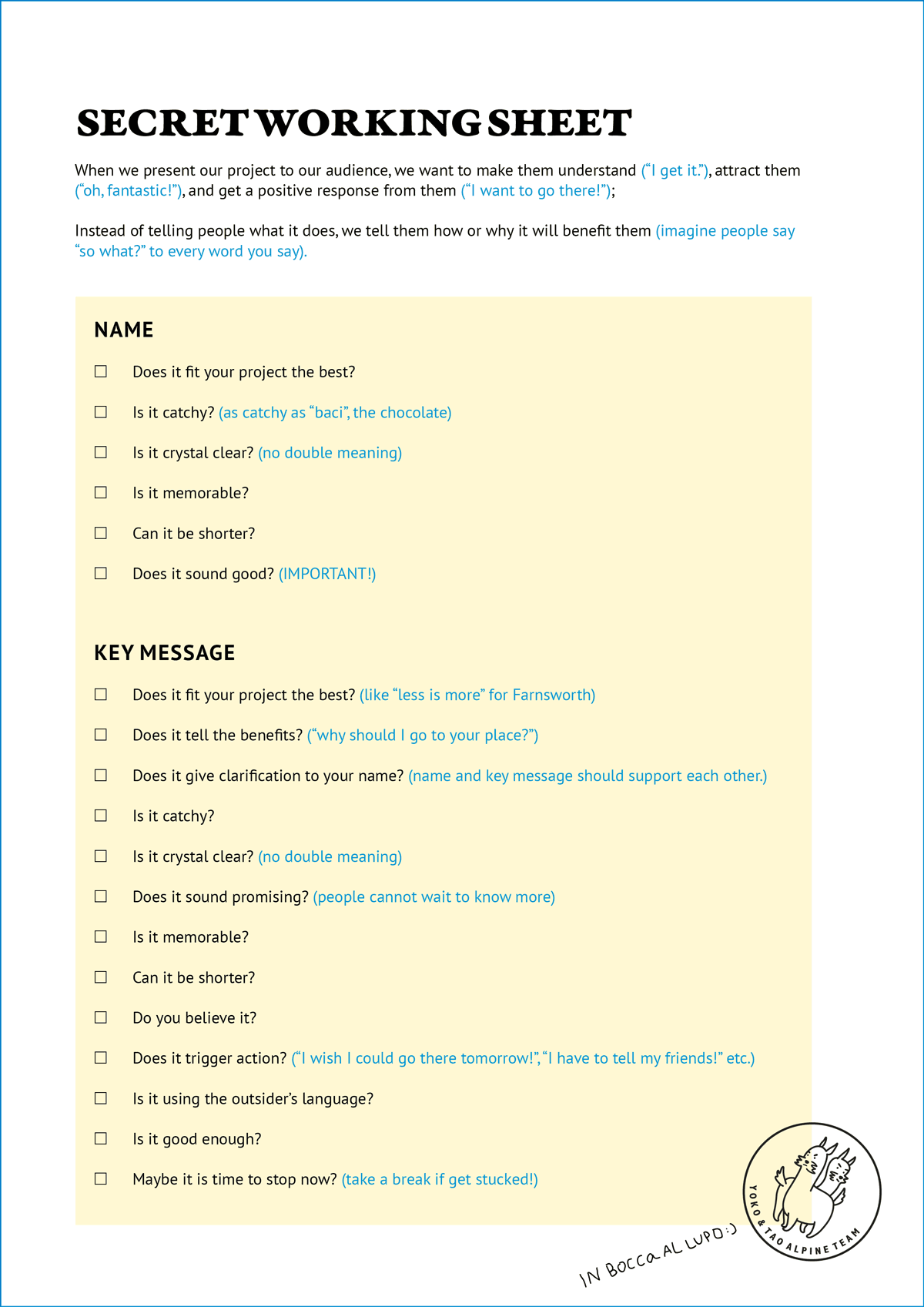
#12: Story behind YPMY
Yoko cried three times in the first five issues. Behind every funny issue of YPMY, there was a story full of obsession and frustration. If one of us had killed the other, in such a mountain village, except a cat, nobody would know…But we have survived for these four months! Lucky! The last issue was then dedicated to our behind-the-scene stories.

What did we learn from our first teaching experience?
There are two things that we have to thank Prof. Postiglione for: 1) involving us in such a teaching experience; 2) the freedom given to us, making the whole thing more innovative and challenging. In thinking what can we help at the beginning, facing problems and adjusting our position in the middle, and learning from students’ feedback at the end, we practiced our knowledge of thinking, design, communication and cooperation. We got to know that those knowledge that inspired us could be equally inspiring to the others as well: not only students, but also their grand parents and younger brothers and sisters.
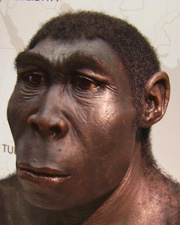
We talked about things that we believe everyone is able to do. Are they simple? Yes. Are they easy to do? No. For us, design often hides in those things that everyone can do but not everyone will do. Just think about Oduvai chopping tools and their maker, Homo Erectus (or Homo ergater). In this sense, if you got a small idea that you think might be a bit trivial or could be easily done by everyone or must have done by someone, do it!
We consider design a basic human reaction to the world. Design shouldn’t by any means be narrowed down to a kind of service. Scientifically, if you know how to speak, you know how to design. Even if we consider design a service, what the service truly ought to do is waking up the ability to design of other people. Helping them understand what kind of thinking in their everyday life can be called design thinking is the very first step.
Think twice, you may be able to change the world!
Some other interesting feedback











